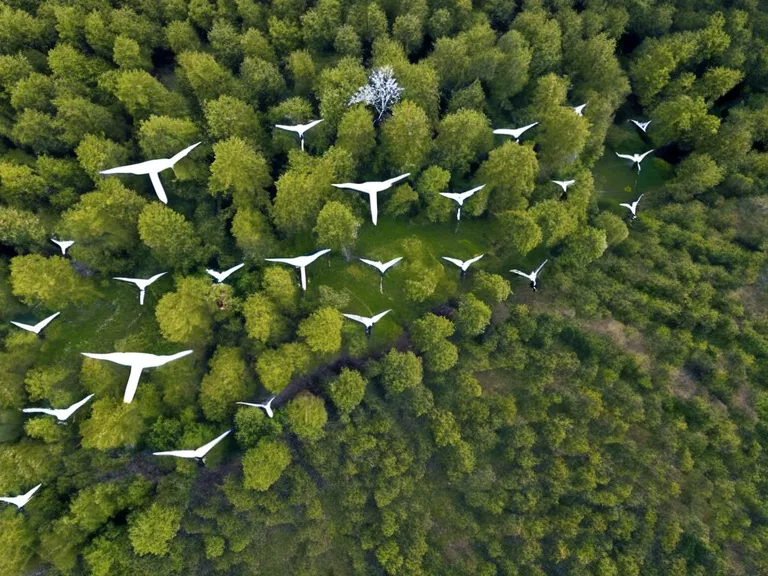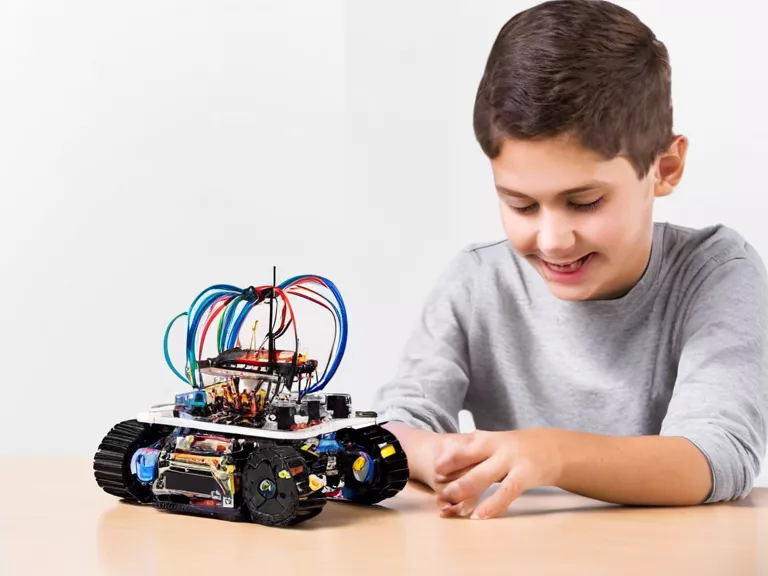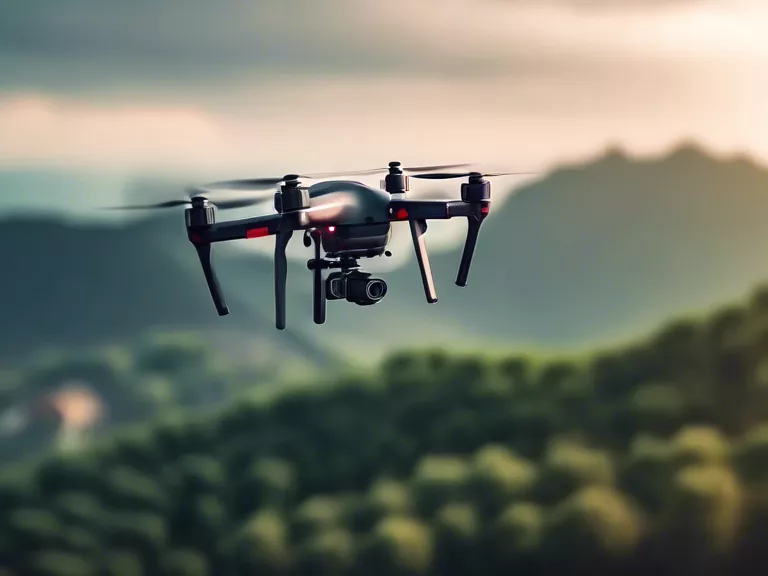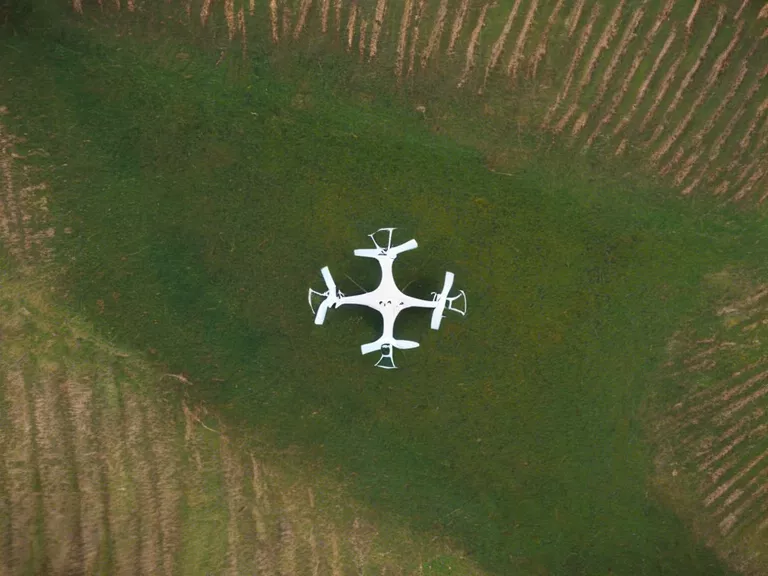
Drones, also known as unmanned aerial vehicles (UAVs), are revolutionizing the way we approach environmental conservation and wildlife monitoring. These advanced technologies have proven to be invaluable tools in protecting our planet’s delicate ecosystems and the diverse wildlife that inhabit them.
One of the key ways drones are being used for environmental conservation is in the monitoring of deforestation. By capturing high-resolution imagery from above, drones can provide researchers and conservationists with real-time data on the extent of deforestation, allowing them to take proactive measures to combat illegal logging and protect vital forests. Drones are also being utilized to monitor wildlife populations, track migration patterns, and even detect poaching activities in remote areas.
In addition to monitoring, drones are also being used for habitat restoration efforts. With the ability to access hard-to-reach areas, drones can be equipped with seed dispersal systems to help reforest degraded land and restore habitats for endangered species. This innovative approach is not only cost-effective but also significantly reduces the risk to conservationists working in challenging terrains.
Furthermore, drones are aiding in the study of climate change by collecting data on carbon storage, sea level rise, and glacier melt. This information is crucial for scientists to better understand the impacts of climate change and develop strategies to mitigate its effects.
Overall, drones are proving to be powerful allies in the fight against environmental degradation and the protection of wildlife. As technology continues to advance, we can expect drones to play an even larger role in conservation efforts around the world.



